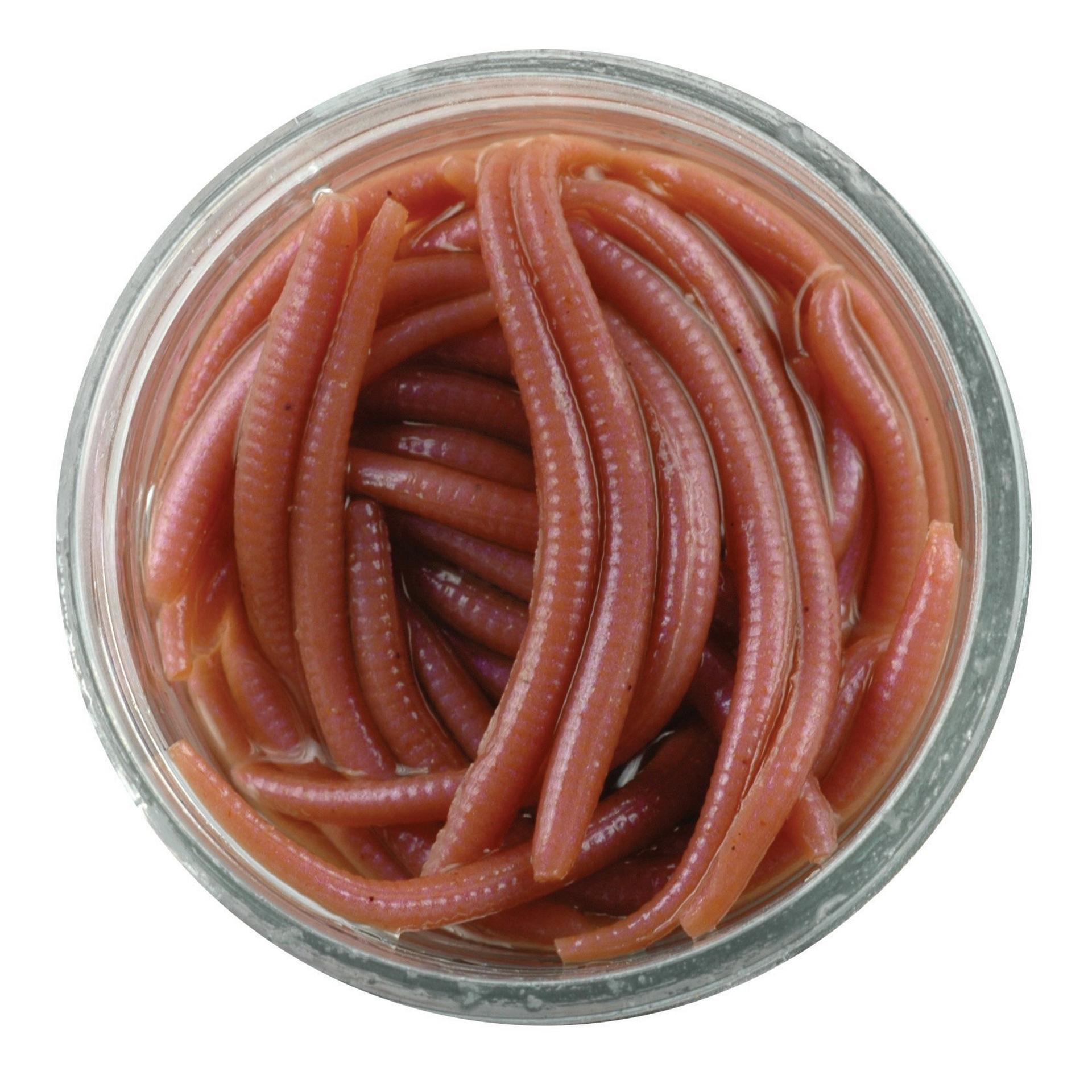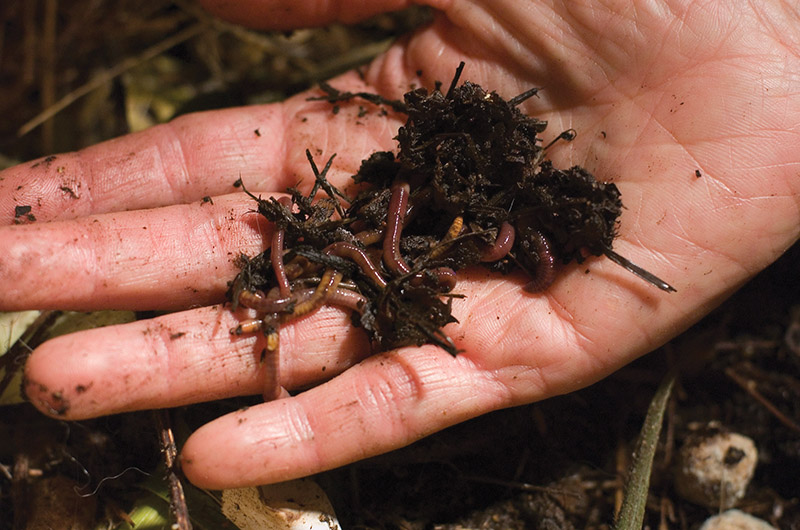The 9-Second Trick For Where To Find Red Wigglers
Table of ContentsThe Where To Find Red Wigglers PDFsLittle Known Questions About Where To Find Red Wigglers.Not known Incorrect Statements About Where To Find Red Wigglers The Buzz on Where To Find Red WigglersThe Best Guide To Where To Find Red WigglersThe smart Trick of Where To Find Red Wigglers That Nobody is Discussing
For ideal results, you intend to strive concerning 60-70% wetness level. The most basic test for this is to squeeze a handful as difficult as you can. At the best wetness levels which is simply under 70% that handful should barely yield one decrease of fluid. pH in a worm bin is rather very easy to keep.
The Indian Blue is voracious, however likewise prefers a warmer environment and it also exhibits a tendency to leave the bin. The red wiggler is a hardy worm and isn't as fussy concerning its environment. I such as to call it the Ford Taurus of vermicomposting worms; you will not brag to your hardcore composting buddies that you have them, however they will offer you well.
Like any kind of various other lure, a worm's performance has actually concerned rely on its presentation. H.G. "Faucet" Tapply highlighted this point virtually a half century earlier in one of his Field & Stream columns. "A worm is such an unformed animal," he wrote, "there does not appear to be quite a fisherman can do with it other than jab it on a hook and throw it right into the water." Yet as Tap showed, an angler can do a bargain to make a worm extra appealing.
A Biased View of Where To Find Red Wigglers
I believe you will certainly also if you try them. The smaller the trout stream, the better worms work is an axiom that hasn't transformed in the 100-plus years given that Perry created his article. Fishermens of his age merely stuck their rickety fly poles via alder tangles and dropped a heavy worm into a deep hole.
Early morning is prime feeding time, and the insubstantial lure's slow-moving descent leaves 5 inches of squirming healthy protein completely sight for quite a while. After you've made the cast, keep the bail open and placed the pole in a forked stick. The line will diminish the rod in slow-moving loops as the worm works out, however most of the time the slow-moving loopholes will certainly come to be a blur, and the early morning will suddenly obtain rather interesting.
You can fish deep and cover a great deal of area, and the crawler seems to be the excellent touch for this transitional time, when the smallmouths have yet to lock on to a recommended forage. Dark jigsblack, brownish, and purpleseem to match the nightcrawler's shade. I typically use an entire 'spider, prefer marabou dressing, and drop the rod for two or 3 seconds when I obtain a hit.
And distinguishing base from a bite can be difficult. The method is to reduce the rod back to the strike (maybe a foot) and feel for life at the end of the tightening line. If it's there, established the hook with a sweep instead of a jerk. Occasionally you'll locate yourself hooked to those slow, hearty yanks, and feel the weight of a good walleye.
Fascination About Where To Find Red Wigglers
When the heavy walleyes go on to the big-water shoals in the late summer, attempt going after them with a bucktail jig and a 1-inch pinch of nightcrawler. The bait covers the hook point, disperses weeds, and provides a taste of victim. With absolutely nothing dangling or waving, it remains secure no matter existing, casts, or ambitious panfish.
Whether you're wading or angling from a boat, drifting worms is one of the excellent searching strategies for bigger rivers. For trout, a spade-dug, 4-inch garden worm is the ideal dimension; for bass, walleyes, and steelhead, a nightcrawler may be a far better selection. The trick is to wander the lure via feeding and holding locations due to the fact that fish in existing are not going to ferret out the lure, as they might in still water.
Strikes will certainly come as a sharp tug as opposed to a pull or rap. Fish the shifts: mouths of tributaries, bank-side slicks, and the sides of big pools. As the late Ed Zern, Area & Stream's great satirist, when put it: Fishermens are born honest but they overcome it. His dictum applies to any number of angling maneuvers, including the issue of adding an item of worm to a wet fly.

9 Easy Facts About Where To Find Red Wigglers Explained
Load it with shredded paper, leaves, peat moss, and soil. Moisten lightly. Cover and let rest for a week. Add a couple of hundred worms and feed them 2 times a week. Keep the bed linens wet however not damp. On the click for more info food selection: lettuce, vegetables and fruit waste, and the periodic nongreasy extra.
Simply like veggie scraps, you can take your made use of coffee grounds and include them to a worm box. Worms like consuming coffee grounds.
When the hefty walleyes carry on to the big-water shoals in the late summer season, try pursuing them with a bucktail jig and a 1-inch pinch of nightcrawler. The lure covers the hook factor, disperses weeds, and offers a preference of target. With absolutely nothing dangling or flapping, it remains safe no matter current, casts, or enthusiastic panfish.
Unknown Facts About Where To Find Red Wigglers
Whether you're wading or fishing from a boat, wandering worms is one of the fantastic browsing strategies for bigger rivers. Where To Find Red Wigglers. For trout, a spade-dug, 4-inch yard worm is the ideal size; for bass, walleyes, and steelhead, a nightcrawler may be a much better option. The trick is to wander the bait with feeding and holding areas due to the fact that fish in current are not going to ferret out the bait, as they may in still water
Strikes will come as a sharp yank instead of a pull or rap. Fish the shifts: mouths of tributaries, bank-side slicks, and the sides of big pools. As the late Ed Zern, Area & Stream's excellent humorist, when put it: Anglers are born sincere yet they get over it. His adage relates to any kind of number of angling maneuvers, consisting of the matter of including a piece of worm to a damp fly.
But raising your own lure see here now indicates you can unclothe the house and struck the pond before Mama comes homejust like in the old days. Here's just how to keep a worm box: Cut a sheet of CDX-grade plywood, which is made with water-resistant glues, to your dimensions. Accomplish with each other and pierce a lots 12-inch holes in the bottom for drainage.
The smart Trick of Where To Find Red Wigglers That Nobody is Discussing
Load it with shredded paper, leaves, peat moss, and dirt. Moisten lightly. Cover and allow sit for a week. Add a few hundred worms and feed them 2 times a week. Maintain the bedding damp however not wet. On the menu: lettuce, vegetables and fruit waste, and the periodic nongreasy leftover.
Similar to veggie scraps, you can take your utilized coffee grounds and add them to a worm box. Worms love eating coffee grounds. With the right conditions and damp, healthy and balanced soil, worms can reside in a like it bucket of dirt for around 3 weeks. Shop out of direct sunlight and keep at a temperature between 50 and 80 levels.